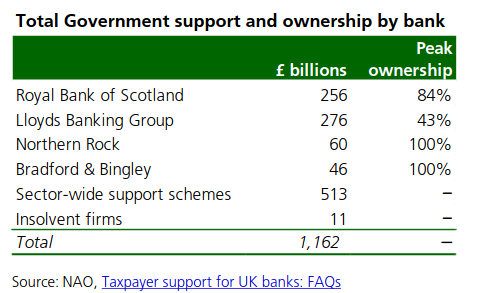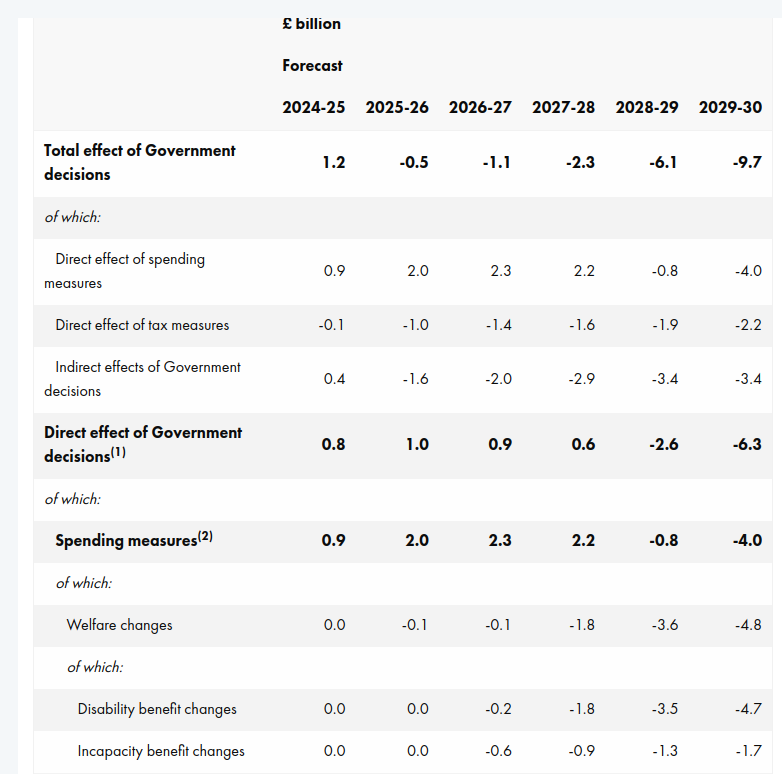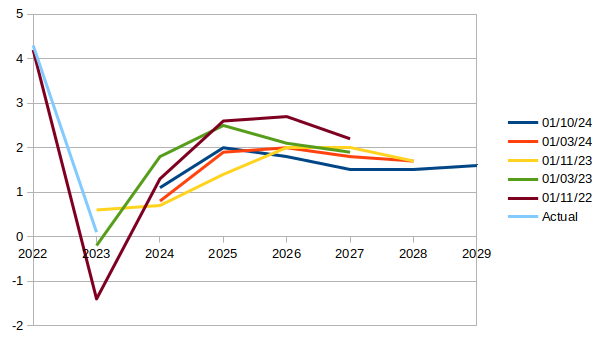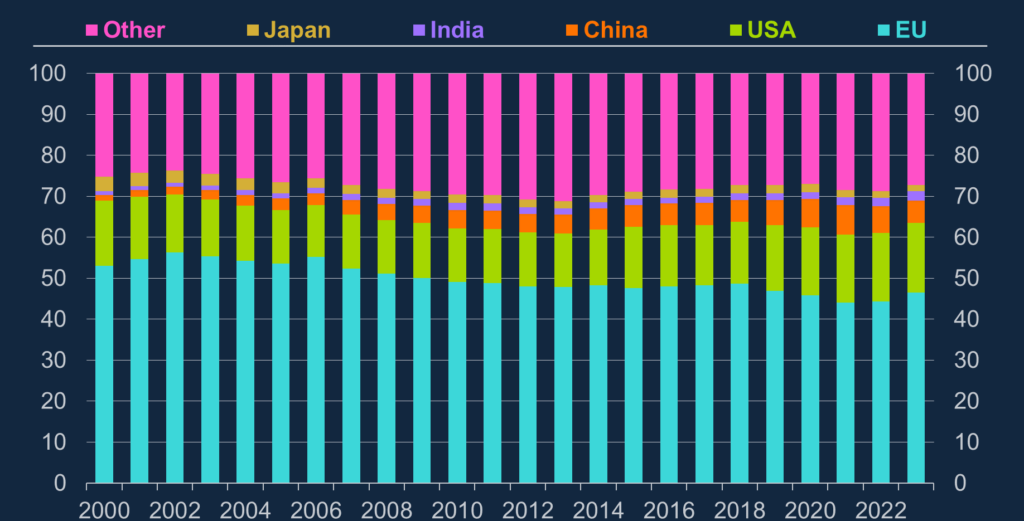
Ever wondered why you often feel overwhelmed and powerless in the face of the daily news coming at you from TV, radio and social media? It is easy to lose sight of the culture we have surrounded ourselves with, to assume that it could be no other way and that we are seeing the world as it is when we are “assisted” to make judgements about things and people, that the way we organise our society has been distilled from hundreds if not thousands of years of experiment to arrive at something which we would be foolish to deviate from too much.
So it is always valuable to come across a book which challenges this very particular viewpoint, coming as it does from a very particular geography or geographies and at a very particular point in our history. Harvey Whitehouse’s excellent Inheritance – the Evolutionary Origins of the Modern World is just such a book. Its main contention is that our beliefs and behaviours have evolved much as our biology has and that three urges in particular can explain how our cultures have developed: conformism, religiosity and tribalism. All had strong survival advantages to them: conformism, via the urge to imitate, allowed us to store discoveries and innovations from generation to generation and build them up over time; religiosity, a by-product of our adaptive psychology – to anticipate how others will behave, to create lists and categorisations, our tendency to think things can be used as tools, and our other tendency to overdetect potential dangers around us; and finally tribalism. These urges have been used to create progressively more complex societies via routinisation of our lives and the fusion of our identities (the extreme state that causes people to lay their lives down for each other in military conflict in extreme cases for instance) with ever larger groups.
And some of the places Harvey and his co-researchers have ventured to test their ideas sound extremely challenging. Interviewing insurgents in the Libyan revolution, being initiated by the Baining tribe in Papua New Guinea, talking to a former member of the Indonesian terrorist organisation Jemaah Islamiyah about working with convicted terrorists in Indonesian prisons. People often with completely different perspectives on things which we have long regarded as settled in our own culture but also recognisably the same as us in all important ways. However I think my favourite attempted interviews were when they were making their way through the crowd at the England game against Costa Rica at the 2014 FIFA World Cup to test out their hypothesis that losing at football had “a more powerful bonding effect on supporters than winning”. 48 years of pain, etc.
The experiments they have carried out are also eye-opening. Creating made-up rituals of different intensities in a wooded field near Queens Belfast to see whether those who had been more scared by what they had been asked to do reflected more deeply on their experience and developed richer symbolic interpretations of the ritual. These developed until they were wiring up participants within a performance space with powerful speakers and lighting effects to lead them through rituals of even greater intensity.
Once you have started looking at your own society a bit more from the outside in this way, it is hard to stop. There is a great passage in the book about gossip:
When we lived in small communities, in which everybody knew everybody else, news consisted mainly of socially strategic information about who was hoarding wealth, who was telling lies, who was sleeping with whom, who was stealing, who was free-riding, and so on. In most of these newsworthy stories, there would be transgressors and victims, and news purveyors and consumers would be very sensitive to the reputational consequences of this information. The common term for this is gossip.

So today’s front page from The Daily Mail is almost purely gossip: an article about the wedding of a man widely regarded as having hoarded wealth on a literally galactic scale and the potential reputational damage to the Prime Minister of a backbench revolt against his proposed disability benefit cuts.

Similarly today’s front page from The Sun is also almost purely gossip: a story about people variously called migrants and asylum seekers (presented as the same thing) asserted to be illegally working as delivery riders, which the paper labels as a “scam”. Plus something about the return of Cool Britannia and Keir Starmer warning us to prepare for war and the story about us buying some new fast jets which could carry nuclear weapons.
Now these are potentially important stories about how we want to run our country (well not the Bezos wedding or the Cool Britannia ones), but they are all told through the medium of gossip. This means we focus on the moral transgressions of people we will never meet that do not affect us personally rather than whether we are managing our complex society remotely competently.

The Daily Star makes it even easier to see how a serious story about the war between Iran, Israel and the United States can be reduced to one about Trump’s so-called “F-bomb”. And it may look like I am picking on the red tops, but all these stories are present and correct in The Guardian too.

I have just focused on a few newspapers here, but obviously social media has turbo-charged this effect and now with the power increasingly to generate convincing images and videos of things which have never even happened, the ability to unhinge our “news” operations completely from real life has never been greater.
If you were being presented with this gossip in a social situation within a group of people all spouting the Deliveroo story, it would be hard to argue with it, as it would fight against your very strong instinct to conform in your behaviour and to belong to the tribe you were surrounded by. The conflation of the Cool Britannia idea and the fast jets with nukes is a mystical jingoistic attempt to pull at our natural religiosity.
This is not news at all, it is psy-ops.










